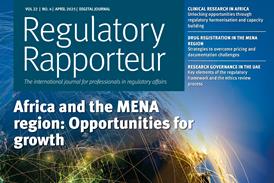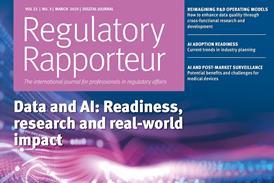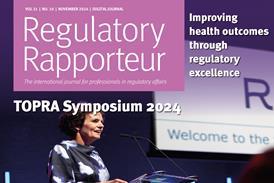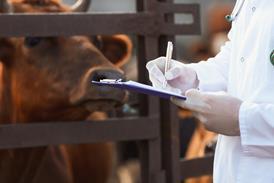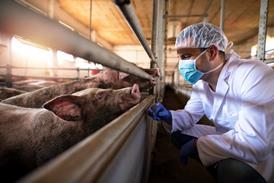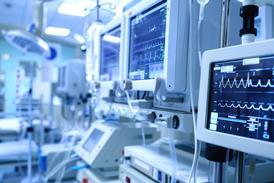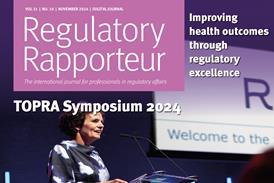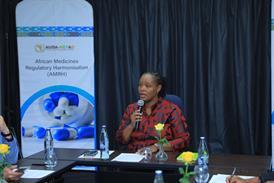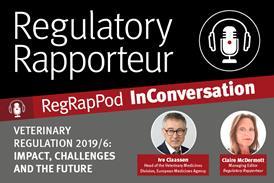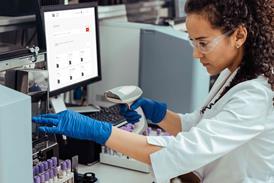All Europe articles
-
 Journal
JournalThe EU Medical Device Regulation: Balancing innovation with regulation
The EU Medical Device Regulation (EU MDR) 2017/745 was introduced in response to the need for tighter regulation of medical devices (MDs) in Europe. However, with the increased regulatory burden, there could be potentially hundreds of unanticipated ramifications, particularly for smaller manufacturers and start-ups. By increasing regulation so significantly in a relatively short time period, the very rules which are designed to protect patients may prevent them from accessing the treatment they need and stifle innovation, as start-ups inevitably struggle under the weight of new requirements. This article assesses the delicate balance between innovation and regulation and analyses the relationship between the two.
-
 Industry news
Industry newsNHS Pharmacy First offers an alternative to GPs in England
Pharmacists in England can now provide treatment for seven common health conditions without patients first consulting a doctor.
-
 Journal
JournalControlled substances development – past, present, and future
Controlled substances present unique challenges and extra regulations compared to their non-controlled counterparts. Over time in Europe and the US, governing bodies have continually increased the burden on sponsors to demonstrate safety and efficacy. This includes legislation specific to controlled substances; dictating how they can be stored, destroyed, labeled, administered, ...
-
 Industry news
Industry newsPatients warned about falsified Ozempic medication
The EMA has warned patients and healthcare professionals across the EU about pre-filled injection pens falsely labelled as Ozempic.
-
 Industry news
Industry newsNICE approves use of Rimegepant in NHS to treat acute migraine
Rimegepant is the first, and only, NICE-recommended treatment for acute migraine and is soon to be made available on the NHS in the UK.
-
 Video
VideoEuropean Parliament gives first stage approval for revised EMA fees
MEPs in Strasbourg follow the parliament’s health committee’s approval of report to revise how EMA charges.
-
 Video
VideoChange Across the Medical Device Landscape
InnoScot Health protects the interests of NHS Scotland and believes it is crucial for innovators to get the right regulatory advice.
-
 Focus
FocusProcedure withdrawals within Europe: past trends, impact and communication recommendations
When an application for a new veterinary medicinal product (VMP) is submitted through a MR/DCP, the Applicant has the option to prematurely withdraw their application in the reference member state (RMS) or in one or several of the concerned member states (CMS). This would result in a total or partial withdrawal of the procedure. The Co-ordination Group for Mutual Recognition and Decentralised Procedures – Veterinary (CMDv) sent a questionnaire to all national competent authorities…
-
 Journal
JournalThe national competent authorities of Belgium and Luxembourg share their views about the e-PIL Pilot
Q: Why do the authorities support the e-PIL Pilot and why do you think it is important? A: Iris Geussens: Digitalisation is the future, and the pharmaceutical sector cannot stay behind. The advantage of an electronic package leaflet is that you always have access ...
-
 Focus
FocusThe impact of the Northern Ireland Protocol on human medicines
Since the UK’s exit from the EU, the pharmaceutical industry has sought guidance on how this would impact the registration and supply of medicines, both in the UK and the EU. In addition, the publication of the Northern Ireland Protocol has added additional complexities, with a major impact on the ...
-
 Focus
FocusBrexit − Regulatory and supply chain considerations
The UK formally left the EU on 31 January 2020 and the transition period, as set out in the withdrawal agreement, came to an end on 31 December 2020. During this transition period, the UK continued to remain under EU pharmaceutical law. From 1 January 2021, the UK adopted an ...
-
 Focus
FocusPharmacovigilance regulations post-Brexit
The UK (Great Britain and Northern Ireland) has left the EU and the Brexit transition period has passed. This article covers points to consider when ensuring that pharmacovigilance systems for human medicinal products are compliant with EU and UK requirements. The UK requirements largely mirror the existing EU pharmacovigilance (PV) ...
-
 Meeting Report
Meeting ReportIVD3: EU Implementation: Current State
The session was opened by Bjorg Hunter posing a question about how innovative companies can manage often complex and different global regulations when they are developing connected, environmentally friendly products for the benefit of the patients…
-
 Journal
JournalKey steps and considerations of the EU centralised procedure
This continuing professional development article aims to provide some of the background and key steps and considerations when using and navigating the EU centralised procedure for a new marketing authorisation application (MAA).


